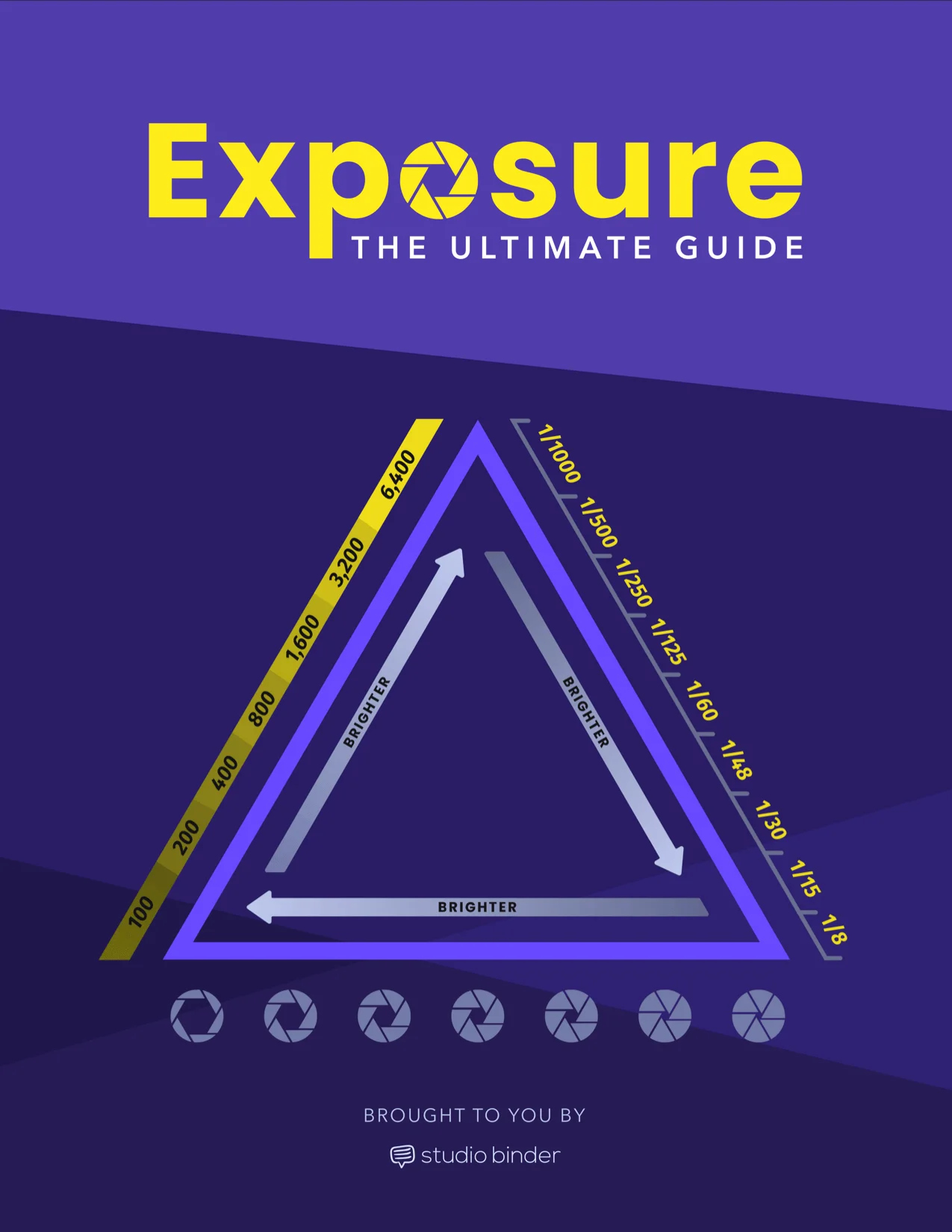
Film Lighting: The Ultimate Guide (FREE Ebook)
A foundational guide for photographers and cinematographers aspiring to master the art of cinematic lighting.
We'll cover the attributes of light, the equipment involved and tips on shooting in various lighting scenarios.
Types of Film Lighting Explained
Achieving cinematic lighting starts with knowing "the rules"
Great lighting is what separates the amateurs from the professionals. Cinematographers with firm grasp on how the combination of light and shadow can support visual storytelling all started with the fundamentals.
This guide is a jumpstart towards that goal. By learning how light works and how to harness it, you can approach any lighting scenario with confidence.
You'll Learn:
Contents
Lighting Crew | How to Light Subjects |
Types of Light | How to Shoot Day Interiors |
Attributes of Light | How to Shoot Day Exteriors |
Light Sources | How to Shoot Night Interiors |
Styles & Contrast | How to Shoot Night Exteriors |
Movie Lighting 101
Attributes of light explained
For any artist to become a master, they have to fully understand their medium. For cinematographers and photographers, that medium is light.
Light has four basic attributes that inform how it behaves and how it can channeled. These are the quantity, quality, direction and color — each plays a role in cinematic lighting.
We'll dive deep into each of these attributes individually, explaining their roles. Comprehending and appreciating these will make you a more thoughtful image maker.

Lighting For Film
The path to cinematic lighting starts here
What is cinematic lighting? We hear that term all the time and it carries with it a sophisticated connotation.
But what it really boils down to is using the combination of light and shadow to create depth and inform character, mood, and atmosphere. It may sound like an elusive, magical craft but no matter your budget or perceived skill level, it is within reach.
We'll explain techniques like how to light your subjects, how to maximize your time and energy shooting interiors, exteriors, daytime and night, and how to bend and shape light in ways that enhance your visuals.

Examples of Cinematic Lighting
Visual storytelling with light and shadow
It's one thing to know how to achieve cinematic lighting in film. It's another skill to know why cinematographers make their decisions from a storytelling perspective.
Cinematography is a subservient element in filmmaking — its primary goal is to aid the story, not detract from it with flashy visuals. Working with light is both a technical and scientific endeavor just as much as it is a creative one.
The examples we cover in this guide come from DPs who align their work with the emotional and aesthetic elements of the story, the scene, and the characters.

Get your free ebook here
Enter your email so we can send you the book.
















